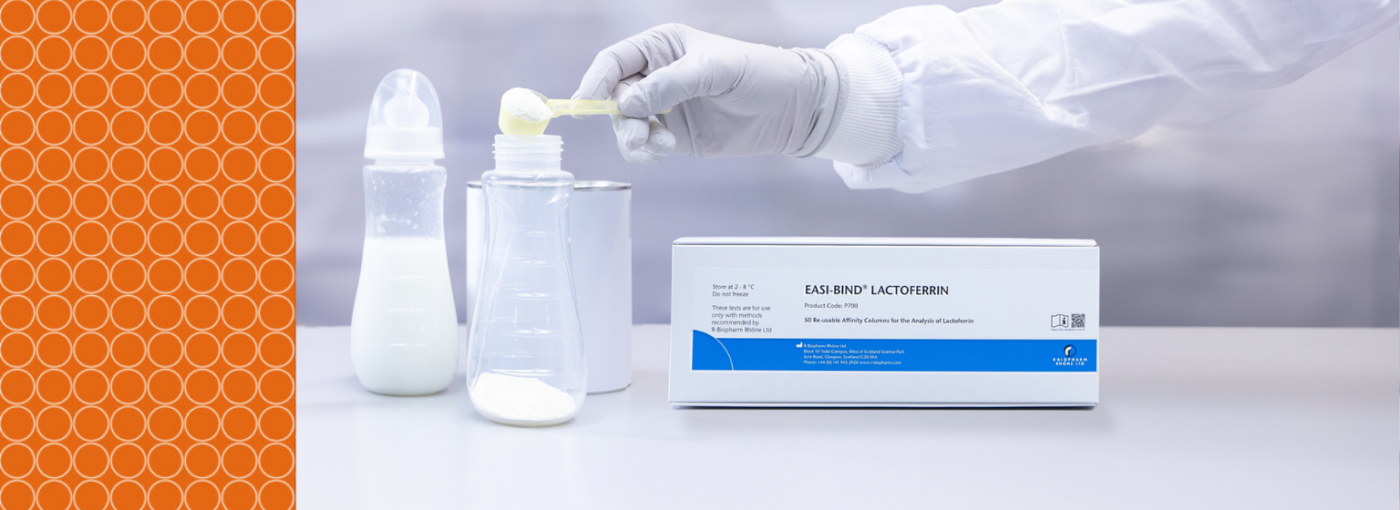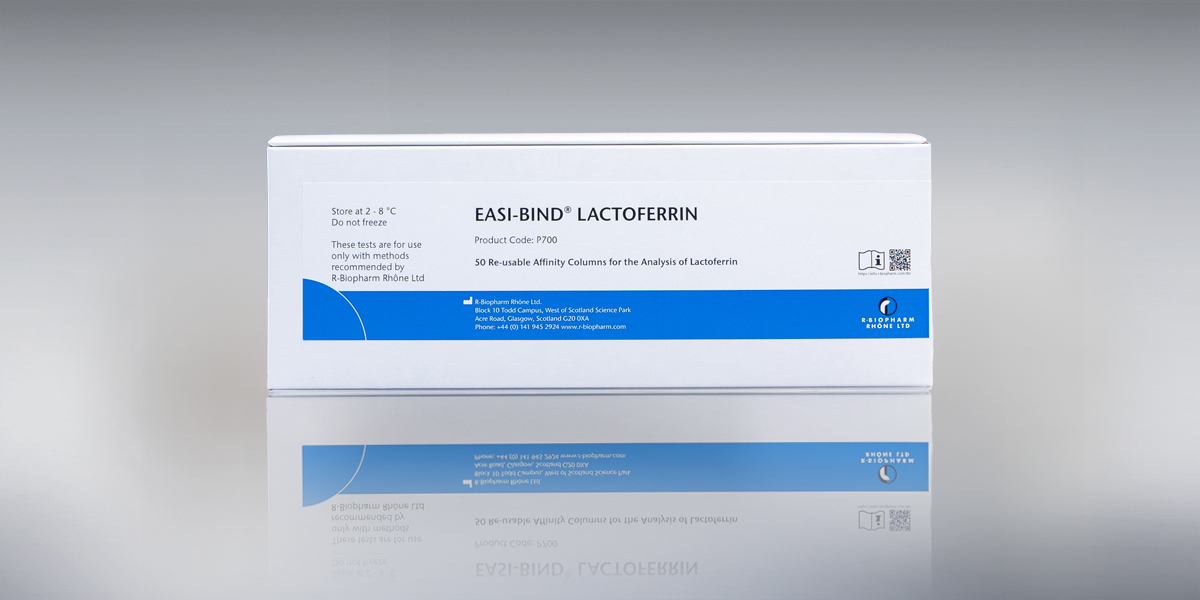
Recent news in Food & Feed Analysis
- Home
- /
- Selective heparin column for...
Selective heparin column for a novel food ingredient

Commission Implementing Decision of 22 November 2012 authorised the use of bovine lactoferrin as a novel food ingredient. This substance is an iron-binding glycoprotein of approximately 77 kDa found in milk that may provide many health benefits, including improved immunity, better gut health, and protection against infection. The authorisation of bovine lactoferrin specifies permitted use as an ingredient in a wide variety of mostly dairy based products such as infant formulae, beverages based on milk and fermented milk including yoghurt drinks, products based on cheese, ice-cream, cakes and pastries, candies and chewing gum. The maximum use levels range from 100 mg/100 mL in infant formulae up to 1% in cakes and pastries, 2% in products based on yoghurt and 3% by weight in chewing gum. Commercially the major use of lactoferrin is in infant formula.
Despite the long history of bovine lactoferrin, it is only relatively recently that the infant formula industry indicated that there was a need for an Official method of analysis for dispute resolution. An AOAC International Method Committee established Standard Method Performance Requirements (SMPRs®) for the determination of bovine lactoferrin in infant and adult/ paediatric nutritional formula which were published in 2020. The requirements were for a method with an LOQ of 4 mg/100g, recovery 90-100% and precision from 6-9%. Initially an AOAC Final Action method using a biosensor was approved in 2024, and latterly was followed by an heparin column HPLC method (First Action 2021.10). The single laboratory validated method employed a heparin affinity column extraction followed by reverse-phase high-performance liquid chromatography/ultraviolet detection (HPLC/UV). R-Biopharm Rhône has recently released EASI-BIND®LACTOFERRIN which is a multiple-use (up to ten times) heparin affinity column.
Although not used in the original AOAC single laboratory validation study, this column has equivalence and when employed in the First Action method it fulfils all AOAC SMP requirements. The attraction of employing affinity columns is that their high specificity enables easy method transfer from infant formulae to other matrices as required by the food industry in future applications.

